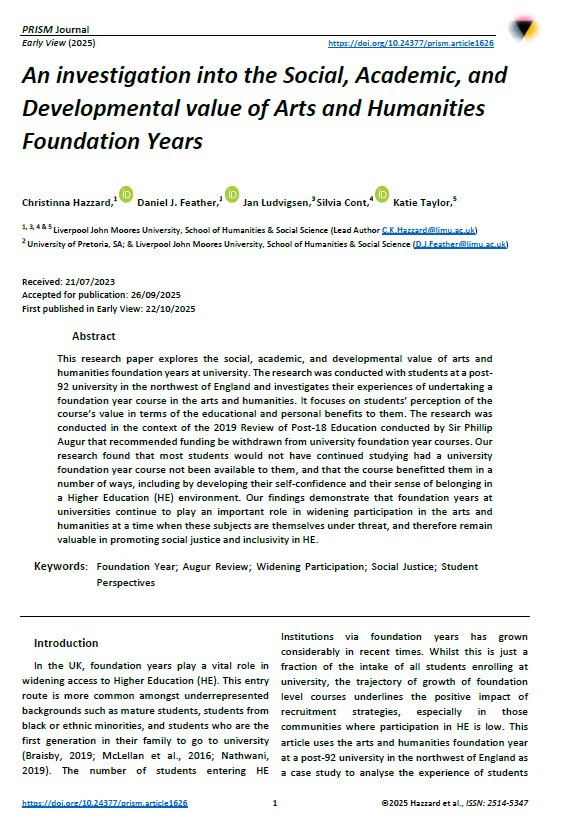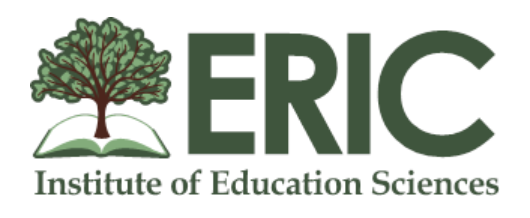An investigation into the Social, Academic, and Developmental value of Arts and Humanities Foundation Years
DOI:
https://doi.org/10.24377/prism.article1626Keywords:
Foundation year, Augur review, widening participation, social mobility, student perspectivesAbstract
This research paper explores the social, academic, and developmental value of arts and humanities foundation years at university. The research was conducted with students at a post-92 university in the northwest of England and investigates their experiences of undertaking a foundation course in the arts and humanities. It focuses on students’ perception of the course’s value, both in terms of the cost of tuition fees and the educational and personal benefits to them. The research was conducted in the context of the 2019 Review of Post-18 Education conducted by Sir Phillip Augur that recommended funding be withdrawn from university foundation courses. Our research found that most students would not have continued studying had a university foundation course not been available to them, and that the course benefitted them in a number of ways, including by developing their self-confidence and their sense of belonging in a Higher Education (HE) environment. Our findings demonstrate that foundation years at universities continue to play an important role in widening participation in the arts and humanities at a time when these subjects are themselves under threat, and therefore remain valuable in promoting social justice and inclusivity in HE.
Downloads

Downloads
Published
Issue
Section
License
Copyright (c) 2025 Christinna Hazzard, Feather Daniel, J., Ludvigsen Jan, Silvia Cont

This work is licensed under a Creative Commons Attribution-NonCommercial-NoDerivatives 4.0 International License.
Authors retain copyright and grant the journal the right of first publication with the work.
The version of the article published as part of this issue is licensed under a Creative Commons Attribution-NonCommercial-NoDerivatives 4.0 International Licence and allows others to read, download, copy, distribute, print, search, link to the full text of the first version of this article, or to use it for any other lawful purpose in accordance with the license. The author maintains copyright for the article published in this journal.
This journal provides immediate open access to its content and has no submission or publication fees.



